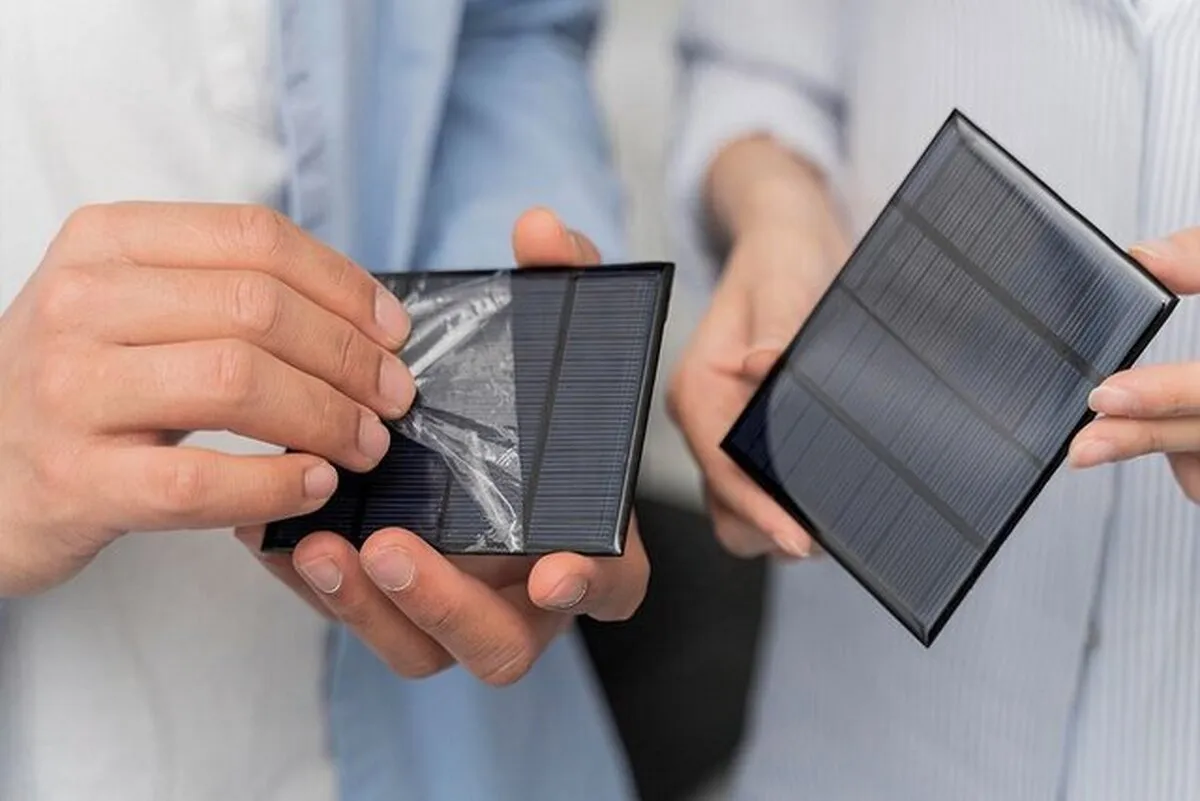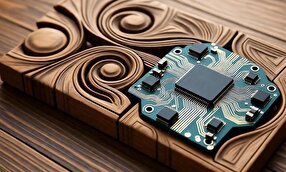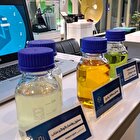Iranian Scientist Improves Performance of Perovskite Solar Cells with Nanotechnology

This new technology can play an important role in the development of clean energy and reducing dependence on fossil fuels.
Mahnaz Mozaffari's doctoral thesis, titled ‘Fabrication and Optimization of 3D Perovskite Nanoporous Solar Cells Using 2D Perovskite Materials’ under the guidance of Abbas Behjat, examines solutions to increase the efficiency of this type of solar cells.
Mozaffari, a PhD student in physics with a specialization in optics and lasers from Yazd University, has emphasized the importance of replacing fossil fuels with renewable energies, specially solar energy, in this research project.
In this research, the nanoporous structure for 3D perovskite solar cells was designed and optimized, and by selecting the appropriate cation from 2D perovskite, the stability of these cells was improved. Despite the remarkable achievements of perovskite cells, which have achieved efficiencies of more than 22% in less than a decade, the sensitivity of these cells to environmental factors like temperature, light, and humidity reduces their performance and useful life.
In a relevant development in 2024, Iranian researchers at a knowledge-based company had also succeeded in designing and building a fully printed perovskite nanostructured solar module with a carbon electrode.
“This research project is now being commercialized to ensure sustainability and obtain the required standards. So far, we have reached 20% efficiency in the laboratory,” Afshin Arastouyee, a researcher of the project, told ANA.
Noting that each of the mini-modules can produce 6 volts of electricity, he said, “It means that we can charge a mobile phone in a sunny place with 4 of these mini-modules.”
“After irradiating the active area, light is converted into electrical energy and exits the module's output. This electricity can be directly fed into the city's electricity or stored in a battery,” Arastouyee said.
“This electricity can be used for industrial or personal use; if a module and battery are installed on the roof of each building, people can use the electricity from solar cells or, if they do not consume electricity, sell this electricity to the electricity department,” he added.
4155/v





















